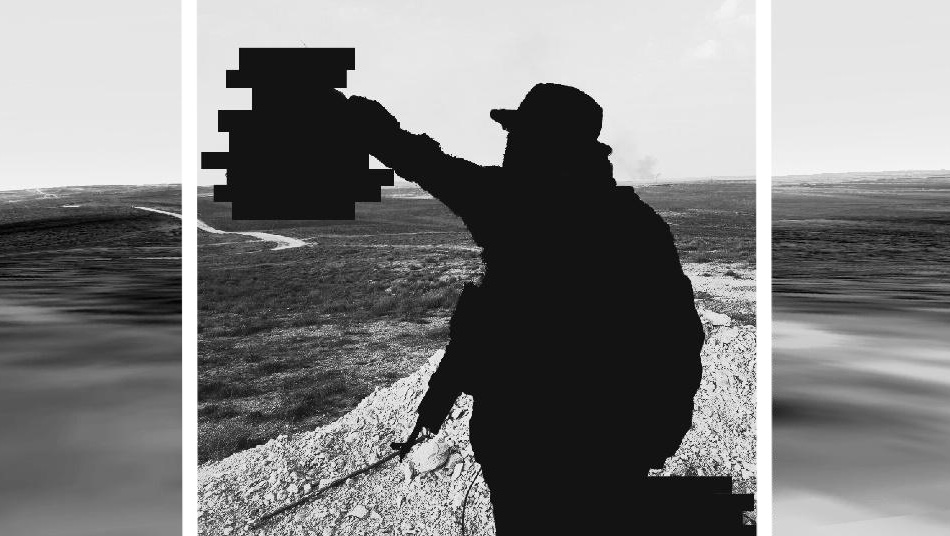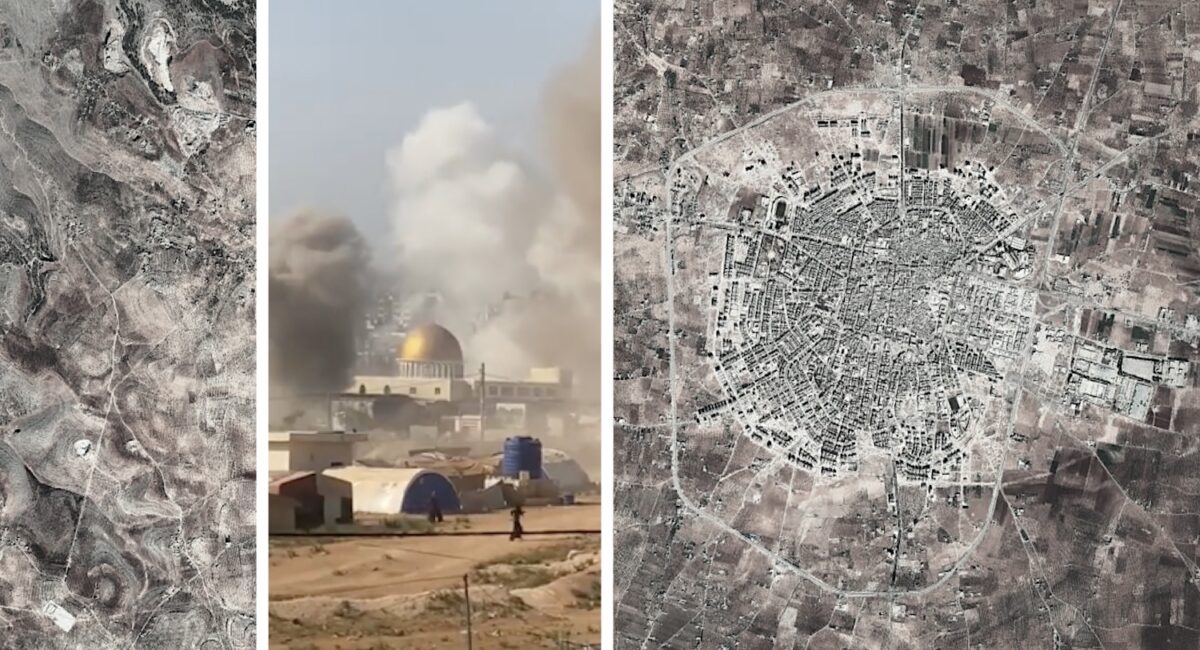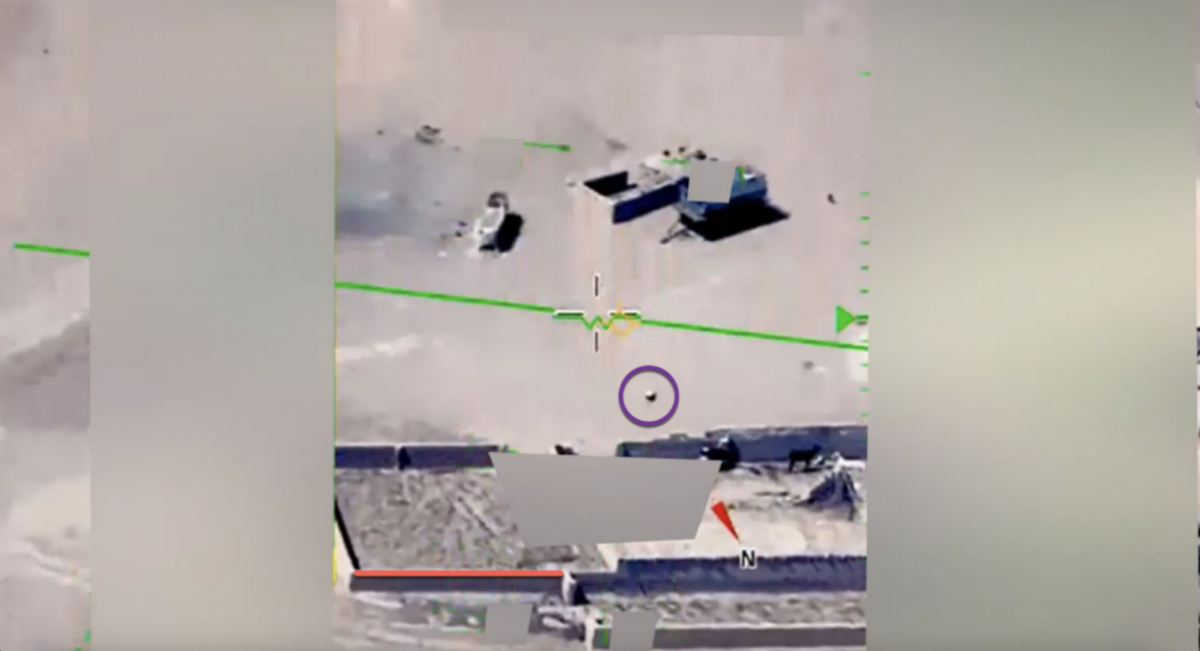The Islamic State Resets Balance with Spoils of Tabqa Airbase
With the recent fall of Tabqa airbase in Northern Syria, the Islamic State has again gotten its hands on a massive amount of military equipment, which will certainly be used to further strengthen the Islamic State’s advance in the Middle East.
Although all operational assets of the Syrian Arab Air Force (SyAAF) were evacuated before the base was captured by the Islamic State, one MiG-21MFs serialed 1543, one MiG-21bis serialed 2217 and two MiG-21UMs serialed 2360 and 2357 undergoing maintenance and numerous inoperational MiG-21MFs and MiG-21UMs were left at the base and subsequently captured as spoils of war. Up to twenty-three MiG-21s are believed to have been captured in total.
Also captured were four anti-aircraft positions with a total of twenty-four 57mm AZP S-60 anti-aircraft guns, a couple of T-62s, large stockpiles of ammunition and various 9M113 missiles with associated launchers.
R-3S air-to-air missiles once destined to be used by the two squadrons of MiG-21s once based at Tabqa were also captured. While these missiles are useless in their intentional role without a suitable launch platform, R-3S missiles were used as unguided rockets after scores of them were captured at Dhab’ah airbase. However, due to the light warhead, this adaption is anything but useful.
Another invaluable asset to the Assad regime present at the base was a large array of radars responsible for detecting aircraft in Northern Syria. Without these, any aircraft is able to venture into Syrian airspace undetected. Given the Islamic State did not target the radars, it is likely they wanted to capture them in intact in an attempt to get a radar network up and running. However, it’s plausible that all were sabotaged by the remaining personnel on the base.
The most modern radar available at Tabqa is the Chinese made JY-27, seen in footage of the base before the capture below. Although this radar could be of great use for the Islamic State when aided by former operators of the system, the JY-27 lacks a height finding capability and needs to be supported by the two PRV-13s also present on the base. Other radars captured included a P-14 and P-35/37.
Despite the fact that many of the forty-year-old aircraft captured were derelict to begin with and possibly even deliberately sabotaged by the remaining personnel, it is not unthinkable that the Islamic State will work on making the two MiG-21s previously undergoing maintenance operational again. Similar to how the Taliban used pilots and technicians to enable them to operate MiG-21s, Su-20s, L-39s and Mi-8/17s in Afghanistan, mechanics trained to operate this equipment might be forced to aid the Islamic State in keeping them operational. Alternatively, given the amount of states operating MiG-21s in the past, it is plausible that Islamic State sympathisers with flight or aircraft maintenance experience will be brought in from abroad.
The Islamic State showed no interested in making any of the L-39s captured from Jaish al-Islam at Kshesh operational again however, instead using the airbase as a training base for its fighters. It is also possible the retreating fighters of Jaish al-Islam destroyed the L-39s, preventing possible use by the Islamic State.
The Islamic State is mostly defenceless against aerial attacks both in Syria and Iraq, a lack in capabilities thankfully exploited by the USAF and SyAAF in the past few weeks. Numerous anti-aircraft guns were also captured at Tabqa and during earlier battles, but due to their low mobility and limited use against modern, high-flying aircraft they don’t present the same risks to enemy aircraft as surface-to-air missiles (SAMs) do.
The most important facts remain that the fall of Tabqa ends the SyAAF’s dominance over the Raqqa Governorate and provides a free card for the Islamic State to expand their base of operations deeper into Syria. Although a renewed offensive on Aleppo might seem a more obvious move for the Islamic State, there now lies nothing between the Islamic State and Tadmor airbase near Palmyra and T.4 airbase, housing the SyAAF’s Su-24 fleet.
Wether or not the captured aircraft will be brought into active service, it is evident that the latest in a string of victories for the Islamic State will have great impact on the balance between the forces currently battling for control of Syria and Iraq.
Special thanks to ACIG.














